Raja Puli ( Seedling )
₹499
Experience the vibrant and exotic flavors of the Raja Puli, also known as the Indian Gooseberry or Amla. This versatile fruit tree is renowned for its high nutritional value, offering a potent source of Vitamin C, antioxidants, and minerals. Cultivate your own Raja Puli tree and enjoy the health benefits of this incredible fruit, right from your own garden.
34 people are viewing this product right now
🔥 10 items sold in last 3 hours
Experience the vibrant and exotic flavors of the Raja Puli, also known as the Indian Gooseberry or Amla. This versatile fruit tree is renowned for its high nutritional value, offering a potent source of Vitamin C, antioxidants, and minerals. Cultivate your own Raja Puli tree and enjoy the health benefits of this incredible fruit, right from your own garden.
Key Features & Benefits
- High Vitamin C Content: Rich in Vitamin C, boosting immunity and overall health.
- Antioxidant Powerhouse: Packed with antioxidants that combat free radicals and promote cellular health.
- Medicinal Properties: Traditionally used in Ayurveda medicine for its various health benefits.
- Delicious and Versatile: Enjoy the tangy and refreshing taste of Raja Puli in juices, chutneys, pickles, and more.
- Easy to Grow: Relatively easy to care for, making it suitable for both novice and experienced gardeners.
Plant Care Guide
Ideal Plantation Locations
Raja Puli thrives in warm climates with ample sunshine. It prefers well-drained soil rich in organic matter. Suitable regions include tropical and subtropical areas.
Planting & Gardening Instructions
- Location: Choose a sunny location with at least 6 hours of direct sunlight per day.
- Soil Preparation: Prepare the soil by digging a hole slightly larger than the root ball. Mix in well-rotted compost or manure to improve soil fertility and drainage.
- Planting: Gently place the seedling in the prepared hole, ensuring the root ball is level with the surrounding soil. Backfill with soil and gently firm around the base.
- Spacing: Plant Raja Puli trees at a distance of 10-15 feet apart to allow for proper growth and air circulation.
Watering
Water the seedling regularly, especially during the initial growth stages. Allow the soil to dry slightly between waterings to prevent root rot.
Fertilizers
Apply a balanced organic fertilizer during the growing season. Avoid over-fertilizing, as it can harm the plant.
Repotting Instructions
Re-pot young seedlings annually into larger containers until they are ready to be planted in the ground. Choose pots with adequate drainage holes.
Fruiting Season
Raja Puli trees typically start fruiting within 2-3 years after planting. The fruiting season usually occurs during the late summer or early autumn.
Usage Ideas
- Fresh Consumption: Enjoy the tangy and refreshing taste of fresh Raja Puli fruits.
- Juices and Drinks: Make delicious and healthy juices, smoothies, and cocktails.
- Culinary Uses: Use Raja Puli to make chutneys, pickles, jams, and other culinary delights.
- Medicinal Applications: Utilize Raja Puli for its various health benefits, as recommended by Ayurveda practitioners.
- Ornamental Value: Add a touch of greenery and beauty to your garden with this attractive fruit tree.
Care Tips
- Pest and Disease Control: Monitor for pests and diseases and take appropriate measures to control them.
- Pruning: Prune the tree regularly to maintain its shape and encourage healthy growth.
- Mulching: Apply a layer of organic mulch around the base of the tree to conserve moisture and suppress weeds.
Only logged in customers who have purchased this product may leave a review.

₹169
Related products
Designed, Developed & Maintained by Growww.
Copyright © 2024 Ashok Chakra Nursery

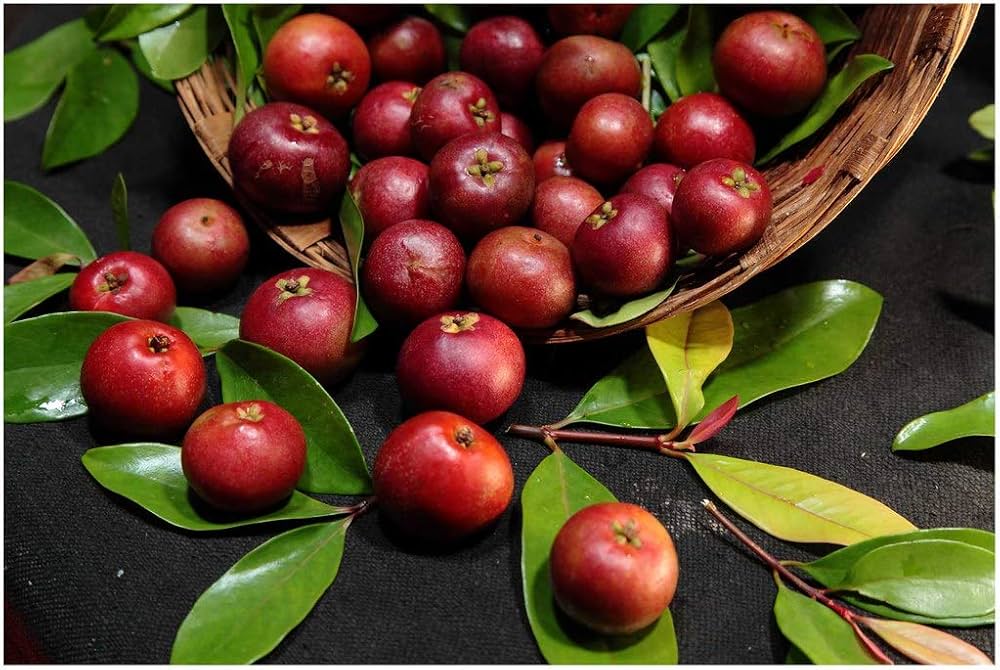
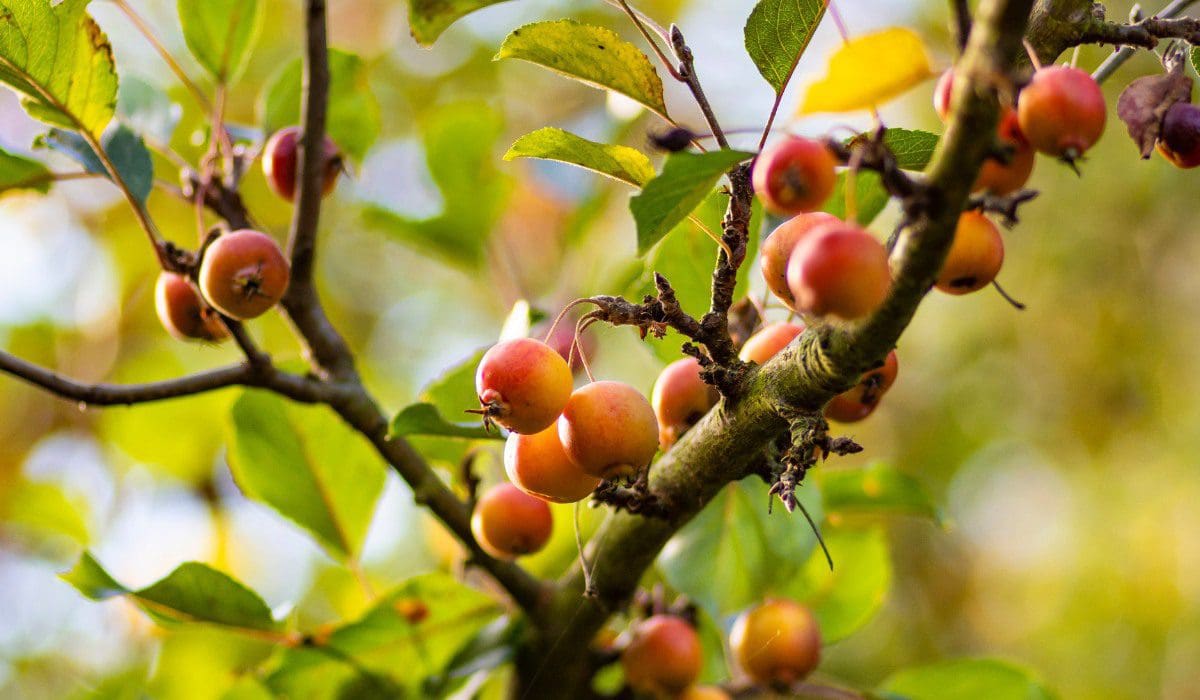
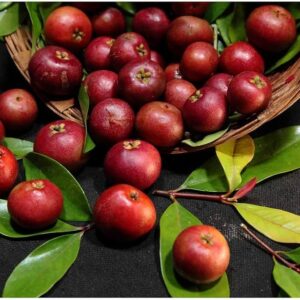
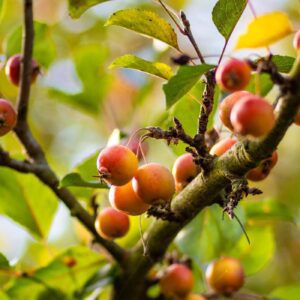
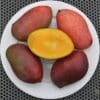
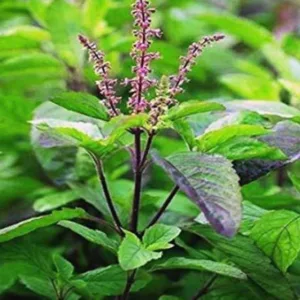

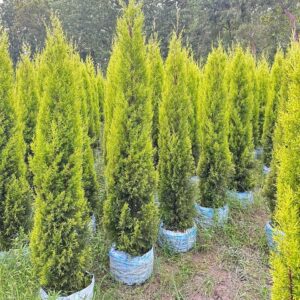
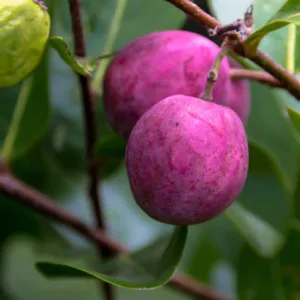
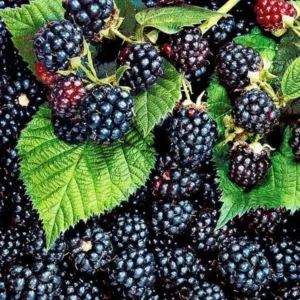
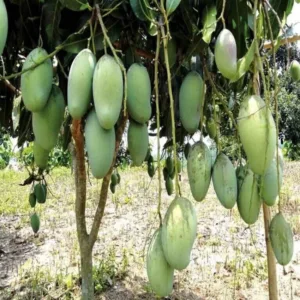
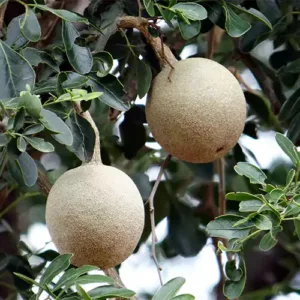
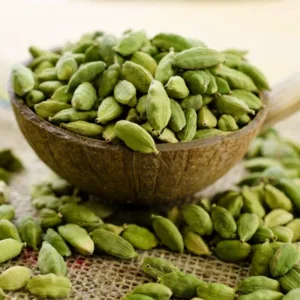
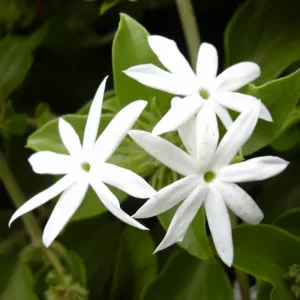
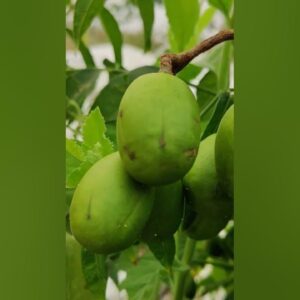
Reviews
There are no reviews yet.